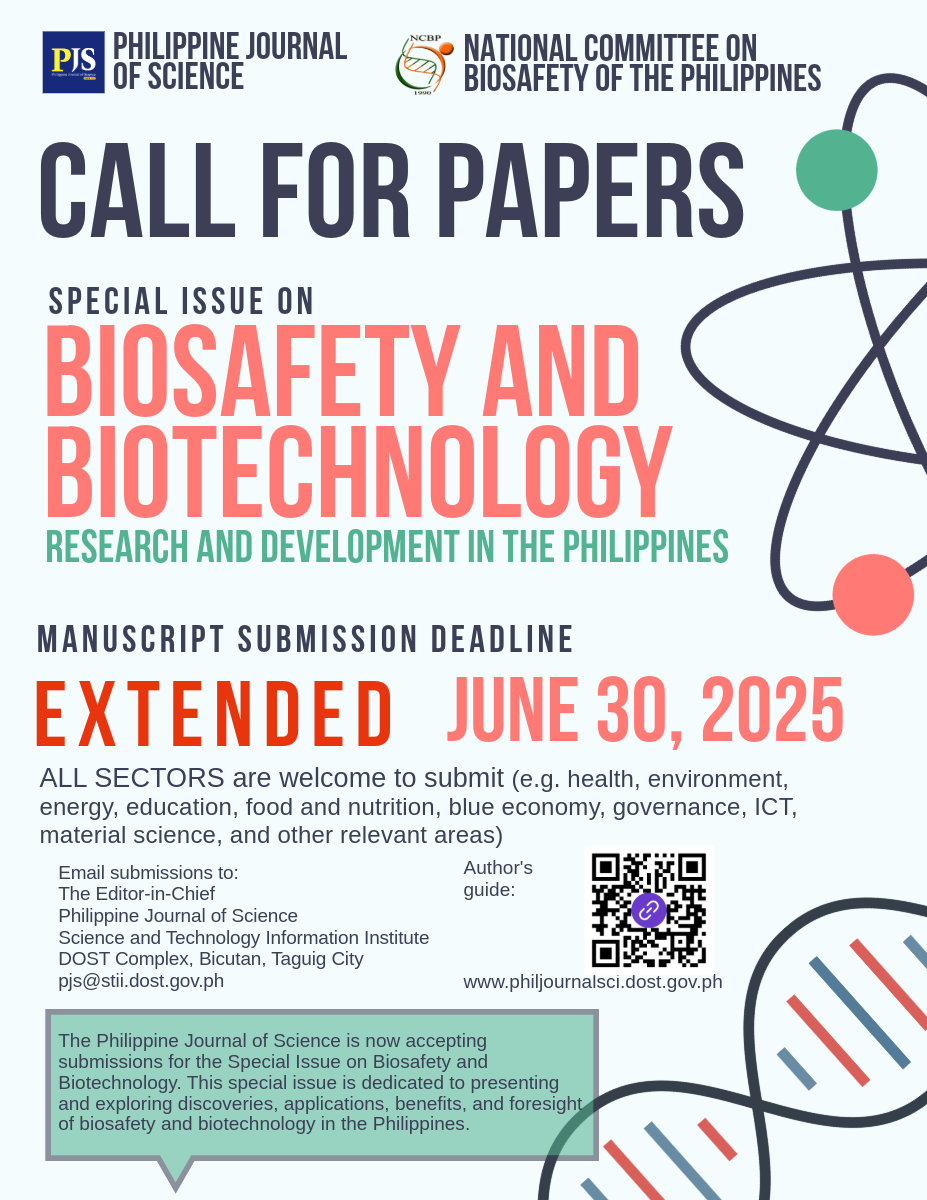Pupal Eye Color of Bactrocera philippinensis
(Drew & Hancock) as Tool for Radiation Sterilization
Sotero S. Resilva* and Glenda B. Obra
Agriculture Research Group, Atomic Research Division
Philippine Nuclear Research Institute, Department of Science and Technology
Diliman, Quezon City
corresponding author: This email address is being protected from spambots. You need JavaScript enabled to view it.
ABSTRACT
This paper reports on the documented pupal eye color of Philippine fruit fly, Bactrocera philippinensis, at different holding temperatures. In holding mature larval samples at 28 (standard holding temperature), 25, 19 and 15 ºC, the development of pupae were 10, 13, 22 and 37 days, respectively. Holding pupae at lower temperature delays pupal development and slow down progression of daily eye color changes. This is very important in manipulating pupal development especially when uncontrolled problems occur during SIT operations. The recommended timing of pupal irradiation for B. philippinensis at 28 ºC (standard holding temperature) is at two days before adult emergence, where the pupae are 7-day old and the eye color is yellowish brown. Using this eye color as the reference guide for irradiation of pupae, the right age when held at 25, 19 and 15 ºC was 9, 15-16, and 25-28 days old, respectively. Documented and close-up photograph of pupal eye color can be used as a reference guide to determine the best time for the irradiation of pupae in an Sterile Insect Technique (SIT) program.
INTRODUCTION
The Philippine fruit fly, Bactrocera philippinensis (Drew and Handcock) is a very serious pest of most fruit crops, especially mangoes in the Philippines. Fruit fly infestation was reported to have caused premature falling and rotting of mangoes. (Manoto et al 1998). Ovipositional punctures which appears at ripening of fruits also affect the quality of fruit thus losing its market value. They causes major damage in the field and are considered quarantine barrier to fruit exportation.One method of control which does not pollute the environment in controlling insect pest is the Sterile Insect Technique (SIT). It involves mass production of target pest, sterilization with irradiation using an appropriate dosage of gamma rays and release in target areas against their wild counterparts. Continuous releases of sterile insects will eventually eliminate the pest thereby establishing pest-free area. . . . . read more
REFERENCES
ALLINHI A, CALCAGNO G, PETIT-MARTY N, GOMEZ CENDRA P, SEGURA D, VERA T, CLADERA J, GRAMAJO C, WILLINK C, VILARDI C. 2007. Compatibility and competitiveness of a laboratory strain of Anastepha fraterculus (Diptera: Tephritidae) after irradiation treatment. Florida Entomol 90: 27–32.
MUNSELL COLOR COMPANY. 2000. Munsell® Soil Color Charts (Year 2000 Revised Washable Edition). New Windsor, New York, USA: Gretag Macbeth 35p.
BARNES B, ROSENBERG S, ARNOLDS L, JOHNSON J. 2007. Production and quality assurance in the SIT Africa Mediterranean fruit fly (Diptera:Tephritidae) rearing facility in South Africa. Florida Entomol 90: 41–52.
FAO/IAEA/USDA. 2003. Manual for Product Quality Control and Shipping Procedures for Sterile Mass-Reared Tephritid Fruit Flies. Version 5.0. Vienna, Austria: International Atomic Energy Agency.
FISHER K. 1997. Irradiation effects in air nitrogen on Mediterranean fruit fly (Diptera: Tephritidae) pupae in Western Australia. J Econ Entomol 90(6): 1609 – 1614.
HERNANDEZ E, OROZCO D, FLORES- BRECEDA S, DOMINGUEZ J. 2007. Dispersal and longevity of wild and mass-reared Anastrepha ludens and Anastrepha obliqua (Diptera: Tepritidae). Florida Entomol 90: 123 – 135.
MANOTO E, RESILVA, OBRA G, GOLEZ H, COVACHA S, BIGNAYAN H. 1998. Feasibility and sterile insect release method-based integrated in Guimaras Island. Philippine Nuclear Journal 12:7–17.
OHINATA K, CHAMBERS D, FUJIMOTO M, KASHIWAI S, MIYABARA. 1971. Sterilization of the Mediterranean fruit fly by irradiation.: Comparative mating effectiveness of treated pupae and adults. J Econ Entomol 64:781–785.
REJESUS R, FERNANDEZ-GARCIA G, BAUTISTA R. 1975. Screening of rice bran-yellow sweet potato combination for mass rearing the Oriental fruit fly, Dacus dorsalis, Hendel. Philippine Entomologists 2:359–368.
RESILVA S, PEREIRA R. 2014. Age-and temperature-related pupal eye color changes in various tephritid fruit fly species with a view to optimizing irradiation timing. International Journal of Tropical Insect Science 34:S59–S65.
RESILVA S, OBRA G, ZAMORA N, GAITAN E. 2007. Development of quality control procedures for mass produced and released Bactrocera philippinensis (Diptera: Tephritidae) for sterile insect technique program. Florida Entomol 90: 58 – 63.
RUHM M, CALKINS C. 1981. Eye-color changes in Ceratitis capitata, a technique to determine pupal development. Entomol Exp & Appl 29:237 – 240.
SEO S, WILLIAMSON D, FUJIMOTO M. 1987. Ceratitis capitata (Diptera: Tephritidae): Colorimetric method to estimate age and rate of development of pupae for the sterile insect technique. J Econ Entomol 80(5):1087–1090.
SUTANTAWONG M, ORANKANOK W, ENKERLIN W. 2002. The Sterile insect technique for the control of the Oriental fruit fly, Bactrocera dorsalis (Hendel) in mango orchards of Ratchaburi, Province, Thailand. Proceedings of the 6th International Fruit fly Symposium; 2002 May 6-10; Stellenbosch, South Africa: Isteg Scientific Publication. p.223–232.
TERUYA T, YUKEYAMA H. 1979. Sterilization of melon fly, Dacus cucurbitae Coquillett, with gamma radiation: Effect of dose on competitiveness of irradiated male. Appl Ent Zool 14 (3): 241 – 244.
TERUYA T, ISOBE K. 1982. Sterilization of melon fly, Dacus cucurbitae Coquillett, with gamma radiation: Mating behavior and fertility of females alternately mated with normal and irradiated males. Appl Ent Zool 17(1):111–118.
WILLIAMSON D, MITCHELL S, SEO S. 1985. Gamma irradiation of the Mediterranean fruit fly (Diptera: Tephritidae): Effects of puparial age and induced hypoxia on female sterility. Ann Entomol Soc Am 78:101–106.









